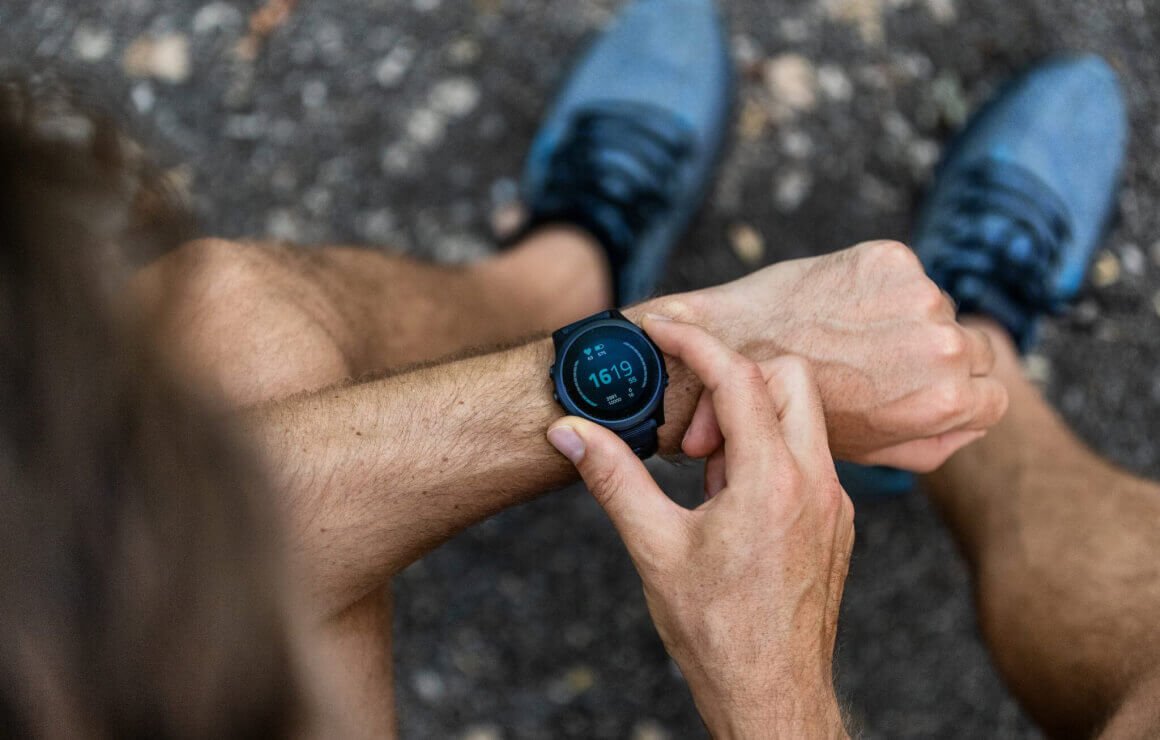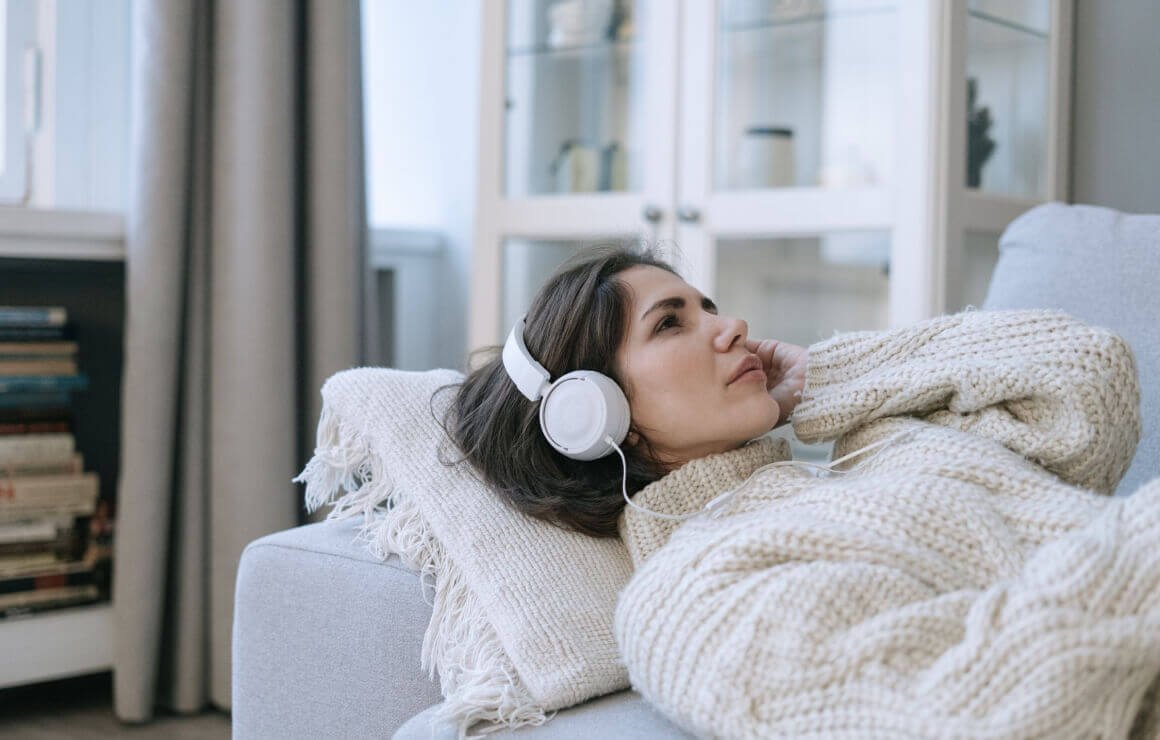Discover Local Fashion at Its Best – Your Marketplace for Unique Styles
The Rise of Local Fashion Markets
In recent years, local fashion markets have seen a notable surge in popularity, reflecting a broader shift within the fashion industry. As consumers become increasingly interested in unique and sustainable fashion choices, these markets are flourishing. The COVID-19 pandemic further accelerated this trend, pushing consumers to support local businesses and fostering a newfound appreciation for community-focused shopping experiences.
Local fashion markets serve as vital platforms where small designers and artisans can showcase their creativity. By breaking away from mass production, these markets enable designers to offer exclusive designs that resonate with individuals seeking one-of-a-kind apparel. For example, platforms like Renegade Craft Fair in the United States and Spitalfields Market in London have become renowned hubs for emerging fashion talents. They operate by organizing regular events where designers can directly interact with their customers, fostering a sense of community and direct support.
The benefits of local fashion markets extend to both consumers and designers. For consumers, these markets promise personalized shopping experiences that large retailers often fail to provide. Shoppers can explore a diverse array of styles, engage with designers, and purchase items infused with unique stories and high craftsmanship. Additionally, such markets often emphasize eco-friendly practices, whether in the use of sustainable materials or ethical production methods, appealing to the environmentally conscious buyer.
For designers, local markets offer unparalleled opportunities to reach niche audiences and build loyal customer bases. Without the constraints of mass production, designers can innovate freely and produce limited-edition pieces. The direct interaction with customers also provides immediate feedback, allowing designers to refine their offerings dynamically.
The rise of local fashion markets signifies a promising shift in the fashion industry, highlighting the importance of sustainability, uniqueness, and community support. As more people turn towards these inclusive spaces, they not only help sustain local economies but also pave the way for a diverse and vibrant fashion ecosystem.
How to Navigate and Benefit from Local Fashion Marketplaces
Local fashion marketplaces offer a treasure trove of unique styles that blend creativity and culture. Whether you are shopping online or offline, the key to making the most out of these markets is to start with thorough research. Begin by identifying reputable local fashion markets. Online platforms often provide user reviews and ratings that can guide you to trustworthy sellers. Offline, word of mouth and local directories can be invaluable resources.
Once you have pinpointed credible marketplaces, it is crucial to develop an eye for identifying high-quality and authentic fashion pieces. Pay close attention to the materials used; natural fabrics such as cotton, linen, and wool typically signify quality. Inspecting the craftsmanship is also essential. High-quality garments often feature well-constructed seams and precision in the detailing. Another helpful tip is to familiarize yourself with the designer’s background and brand story, which can offer insights into their dedication to quality and authenticity.
Building relationships with local designers and sellers can greatly enhance your shopping experience. Regular interaction not only builds trust but also allows for personalized shopping recommendations. Designers are often more than willing to share the inspiration behind their collections, providing a deeper connection to each piece you purchase.
Keeping up with emerging fashion trends within local markets can be an exciting and rewarding endeavor. Follow local fashion influencers and designer showcases on social media to stay updated. Attending fashion events and pop-up markets can also give you firsthand exposure to new trends and concepts. Additionally, by supporting local designers and sellers, you are contributing to the sustainability of the local economy and minimizing the environmental impact associated with mass-produced fashion.
Many customers have shared their success stories, highlighting the benefits of shopping at local fashion marketplaces. For instance, Sarah, a frequent local market shopper, describes how she discovered her signature style through unique pieces she would have never found in mainstream stores. John, another customer, appreciates the quality and longevity of locally-crafted garments, which have far outlasted his previous fast fashion purchases. These testimonials underscore the value of engaging with local fashion marketplaces—where every purchase is a step toward a more personalized, sustainable, and enriching shopping experience.












Add comment